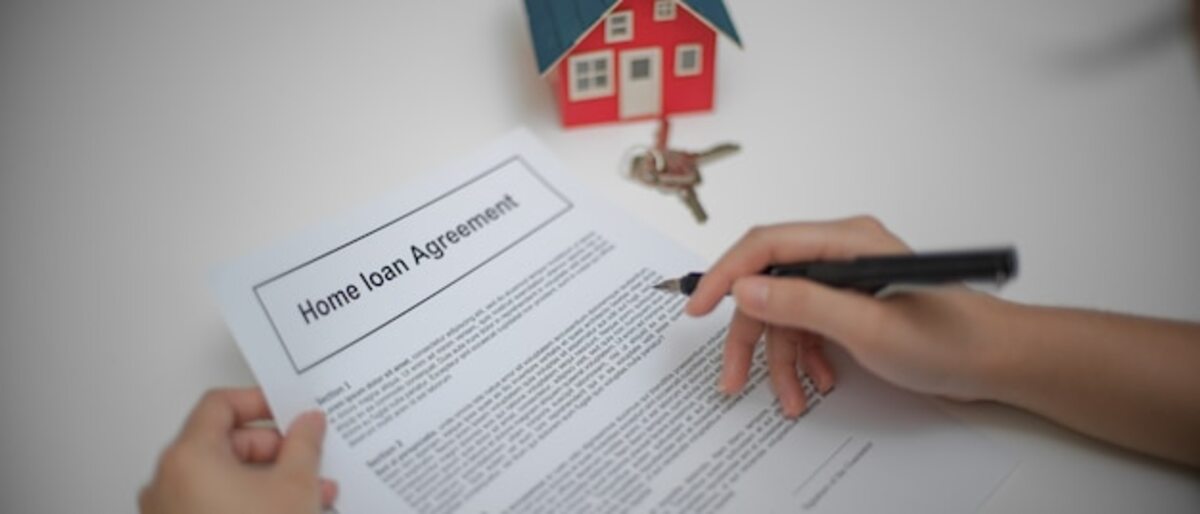How to Create a Customized and Fair Rental Agreement

Creating a personalized and fair rental agreement is essential for establishing a strong relationship between landlords and tenants. This document not only protects your rights but also promotes transparency and trust in the leasing process. In this article, we will guide you step by step on how to draft a contract that meets your specific needs, ensuring that both parties are satisfied and protected. Let’s start building that ideal agreement!
1. Importance of a Well-Structured Rental Agreement
A well-structured rental contract is essential to avoid misunderstandings and conflicts between landlords and tenants. This document clearly establishes the terms of the lease, including the amount of rent, the duration of the contract, and the responsibilities of each party. By detailing aspects such as property maintenance, pet policies, and procedures for resolving disputes, the chances of disagreements arising over time are minimized. Essentially, a good contract acts as a legal framework that protects the interests of both parties.
In addition to its protective function, a well-drafted rental contract also helps to foster a more harmonious relationship between landlord and tenant. When both parties are aware of their rights and obligations from the outset, an atmosphere of trust and mutual respect is created. This not only facilitates more open communication during the term of the lease but can also increase the likelihood that tenants will take proper care of the property and meet their financial commitments. In this way, a clear and fair contract promotes a positive experience for both parties involved in the agreement.
2. Essential Elements of the Rental Agreement
The essential elements of a rental contract are fundamental to ensuring a clear understanding and avoiding misunderstandings between landlords and tenants. First of all, it is crucial to include the complete identification of both parties, that is, the full name and contact address of the landlord and the tenant. Additionally, the exact address of the property being rented must be specified, as well as a detailed description of the property and its features. This level of detail helps to establish the context of the agreement and ensures that both parties are in sync regarding what is being rented.
Another essential aspect is to detail the economic terms of the rental, including the monthly amount to be paid, the method and date of payment, as well as any required initial deposit. It is also important to include clauses regarding the conditions for the renewal or termination of the contract, the responsibilities for maintaining the property, and any policies regarding pets or modifications to the property. By addressing these elements from the outset, a more transparent and fair relationship between both parties in the agreement is encouraged.
3. Key Clauses: Owner's Rights and Responsibilities
When drafting a rental contract, it is essential to include clauses that clearly define the rights and responsibilities of both the landlord and the tenant. For the landlord, this may include the obligation to maintain the property in habitable conditions, make necessary repairs, and respect the tenant's privacy. These stipulations not only ensure that the property is kept in good condition but also minimize potential conflicts by establishing a clear framework for resolving any disputes that may arise during the lease period.
On the other hand, the contract must detail the responsibilities of the tenant, including timely payment of rent, proper care of the property, and restrictions on modifications or subletting. By being explicit in these areas, both landlords and tenants can have clear expectations from the outset of their contractual relationship, which promotes harmonious living and avoids unpleasant surprises.
Finally, it is advisable to include clauses regarding what happens in the event of a breach by either party. This can range from financial penalties to early termination of the contract. With these elements clearly defined in your rental agreement, you will create a safer and fairer environment for all parties involved.
4. Key Clauses: Tenant Rights and Responsibilities
The rental agreement must clearly outline the rights and responsibilities of both the tenant and the landlord. For the tenant, this includes aspects such as the right to a safe and adequately maintained living space, as well as the responsibility to pay rent on time and keep the property in good condition. It is essential to specify the deadlines for rent payment, the consequences for late payments, and the policies related to the use of common areas, if any. By defining these points, any misunderstandings are avoided and harmonious coexistence is promoted.
In addition to financial obligations, it is crucial to address other rights that may be relevant to the tenant. For example, the privacy clause ensures that the landlord cannot enter the property without reasonable prior notice, except in emergencies. It is also advisable to include conditions regarding subleases or modifications to the property, allowing the tenant to know what actions are acceptable without needing to obtain additional permission. With clear and precise wording on these rights and duties, both parties can enjoy a relationship based on mutual trust and respect.
5. Duration of the Contract: What Should You Consider?
When it comes to the duration of the rental contract, it is essential to consider several factors that can influence the decision of both the landlord and the tenant. The duration can vary from short-term contracts, which are usually more flexible and attractive for temporary tenants, to long-term agreements that offer stability and greater security for both parties. It is important to discuss specific needs before setting a term, as this can affect not only the relationship between the tenant and landlord but also the type of conditions that will be included in the contract. In addition, it is advisable to include clauses about the renewal or early termination of the contract. This provides clarity on what will happen at the end of the agreed term and establishes procedures to follow if either party wishes to end the agreement early. Having these considerations clear in the contract not only facilitates a smoother transition at the end of the rental but also prevents potential misunderstandings or conflicts in the future. Always remember to document any additional agreements in writing to ensure their legality and validity.
6. Deposits and Payments: How to Establish Clear Terms
Establishing clear terms regarding deposits and payments is essential to avoid misunderstandings and future conflicts between owners and tenants. When creating a rental contract, it is crucial to specify the amount of the security deposit, as well as the conditions under which it will be withheld or returned. This includes detailing any deductions that may apply for damages or lack of cleaning at the end of the lease. Be sure to also include how the monthly rent payment will be made: whether by bank transfer, check, or cash, and the exact date it must be made each month. These clarifications will help set realistic expectations from the beginning.
In addition to the initial deposits, it is advisable to address how rent increases will be handled during the term of the contract. Defining whether there will be annual reviews and under what circumstances adjustments to the rent amount will be allowed can prevent unpleasant surprises for both parties. It is also helpful to include a clause about the consequences of non-payment, such as late fees and the procedures that will be followed in the event of a breach. In this way, you not only protect your interests as a landlord but also provide clear guidance to the tenant about their financial obligations, which fosters a more harmonious and professional relationship.
7. Modifications to the Contract: Process and Requirements
When it comes to a rental agreement, it is essential for both landlords and tenants to be prepared for potential changes in circumstances. Modifications to the contract are a common practice and can arise for various reasons, such as the need to adjust the rental amount, extend the lease duration, or change a specific clause. To make these modifications effectively, it is crucial to follow a clear process that ensures both parties agree and that the changes are legally valid. This generally involves drafting an additional document or an amendment to the original contract, where the new terms and conditions are clearly specified.
In addition to following the proper process, it is also important to comply with certain legal requirements when modifying a rental agreement. Both parties must sign any modifications to ensure their validity and effectiveness. It is advisable to document in writing all discussions prior to the modification to avoid future misunderstandings. Finally, make sure to keep updated copies of both the original contract and the amendments made. This approach not only strengthens the landlord-tenant relationship by fostering clear communication between property owners and tenants but also provides greater legal security in the event of potential future disputes.
8. Conflict Resolution: Strategies for Maintaining Harmony
Conflict resolution is a fundamental part of maintaining harmony in any rental relationship. Despite the best efforts to create a clear and detailed contract, misunderstandings or disagreements may arise between landlords and tenants. An effective strategy for addressing these conflicts is to establish an open and honest channel of communication from the outset. Fostering an environment where both parties feel comfortable expressing their concerns can prevent problems from escalating and facilitate their resolution. Additionally, including specific clauses in the contract about how disputes will be handled can provide a useful framework for addressing disagreements. Another valuable technique is mediation, which offers a neutral space for both parties to discuss their differences with the help of an impartial third party. This approach not only promotes creative solutions but can also preserve the relationship between landlord and tenant by avoiding direct confrontations. At the end of the day, remembering that both have the same goal: to enjoy harmonious coexistence, can be the first step toward finding solutions that benefit everyone. Investing time in developing these strategies will not only strengthen the contractual bond but also contribute to a positive experience throughout the rental period.



